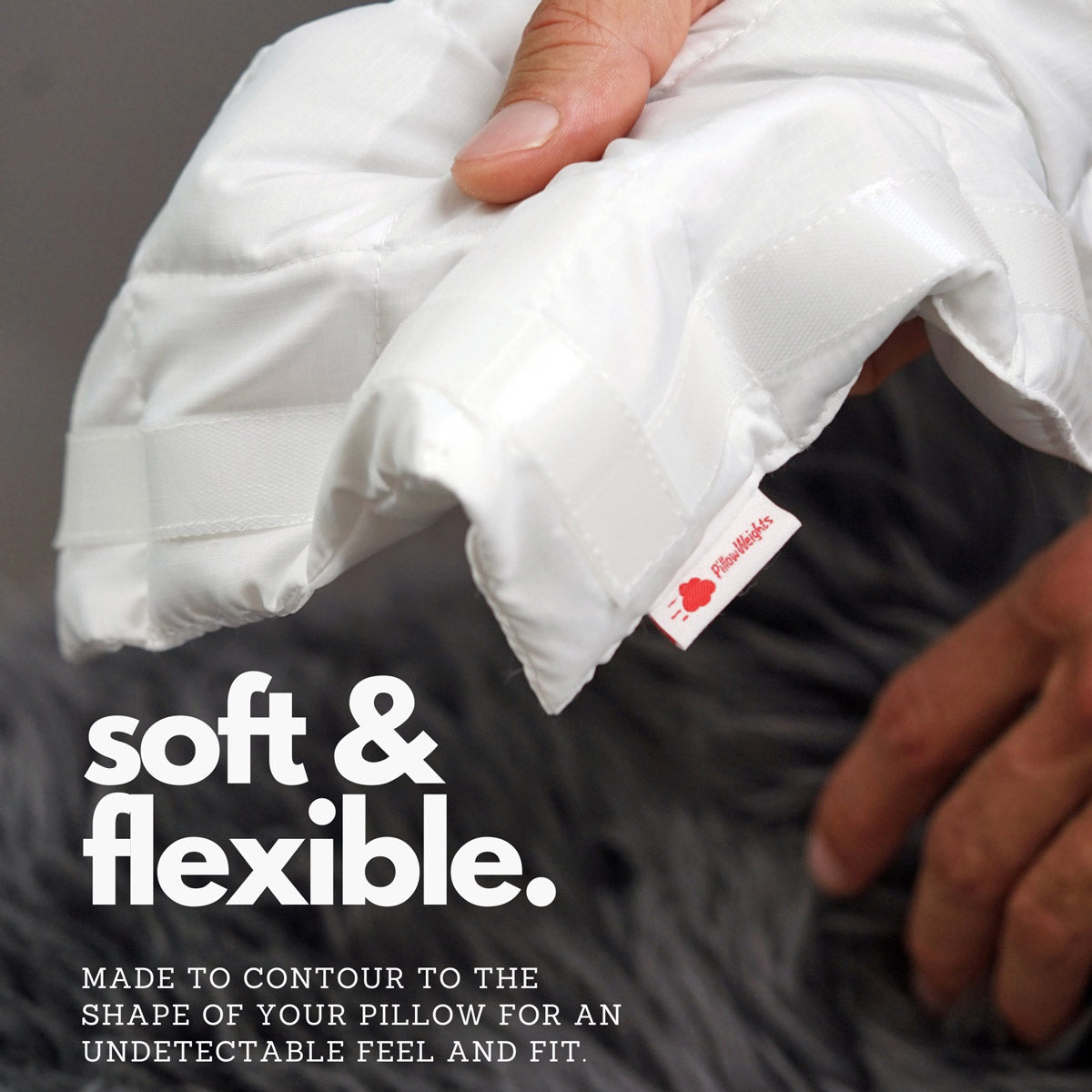The Invisible Threat: How America's High Winds Are Redefining Outdoor Living
Share
The Invisible Threat
In the tapestry of American climates, high winds emerge not just as a natural phenomenon but as a relentless adversary to the American dream of perfect outdoor living spaces. Far from the catastrophic fury of hurricanes, the country's high wind averages represent a pervasive, often underestimated force, quietly eroding the sanctuaries of backyard enthusiasts one gust at a time.

The Cost of the Breeze
Across the United States, the financial aftermath of high winds is both significant and subtle. While not as immediately devastating as other natural disasters, the cumulative effect of these persistent gusts is a silent drain on resources and tranquility. The American Wind Energy Association notes that areas with the highest wind speeds, including the Great Plains and certain coastal regions, see more than their share of this financial burden. The damage toll? It extends into billions, with outdoor living spaces frequently accounting for a disproportionate share of the casualties.
Casualties in the Garden
The investment in outdoor furniture, decorations, and landscaping by American households is substantial, with expenditures topping $10 billion annually. High winds, with averages strong enough to rearrange furniture and decimate gardens, chip away at this investment, transforming serene patios into scenes of disarray and loss. The true cost extends beyond dollars; it's measured in the erosion of comfort and the disruption of peace.
A Stark Reminder: The Great Plains Patio Plight
One particularly vivid example comes from the Great Plains, where average wind speeds can exceed 20 mph, with gusts far higher. Here, the story of a family's outdoor oasis—meticulously curated over years—vanished overnight. Not a hurricane, nor a tornado, but merely an exceptionally windy spring evening was to blame. The aftermath was a stark landscape where beauty and leisure once thrived. The financial cost was significant, but the emotional toll was even greater, highlighting the vulnerability of our cherished outdoor spaces to what many consider just a "strong breeze."
Adapting to the Wind
This ongoing battle against the wind calls for innovation and resilience. Products like PillowWeights, offering a simple yet effective solution to anchor outdoor pillows and furniture, signify a shift in how we defend our outdoor spaces. They are not merely accessories but essential defenses, enabling us to reclaim our patios and gardens from the capriciousness of the wind.
Weathering the Wind
As we navigate the challenges posed by America's high wind averages, the narrative is changing. It's no longer about bracing for the occasional storm but about building resilience into the fabric of our outdoor living. The wind, with its relentless presence and potential for chaos, invites us to rethink, adapt, and ultimately, strengthen the sanctuaries we've created in the face of nature's untamed spirit.
As we delve into the impact of high winds on outdoor living, let's spotlight the 10 windiest cities in the U.S., where the relentless force of nature challenges the concept of backyard tranquility:
-
Aleutians West, Alaska - Average Wind Speed: 35 mph Known for its relentless winds, this county's unique geographical position makes it the windiest, with gusts often surpassing 60 mph.
-
Dodge City, Kansas - Average Wind Speed: 20 mph Standing in the heart of the Great Plains, Dodge City experiences consistent winds, defining it as a wind-prone zone.
-
Amarillo, Texas - Average Wind Speed: 19 mph The flat expanses of the Texas Panhandle contribute to Amarillo's reputation for sustained high winds, impacting daily life and outdoor settings.
-
Cape Blanco, Oregon - Average Wind Speed: 17 mph The coastal cliffs face the brunt of the Pacific's winds, making Cape Blanco a challenging location for wind-sensitive outdoor designs.
-
Palm Springs, California - Average Wind Speed: 15 mph Notorious for its wind turbines, the area's wind speeds make it both a renewable energy hub and a test of outdoor furnishing resilience.
-
Cheyenne, Wyoming - Average Wind Speed: 14 mph Wyoming's high elevation and open landscapes contribute to Cheyenne's windy conditions, affecting both urban and rural outdoor spaces.
-
Great Falls, Montana - Average Wind Speed: 13 mph The Rocky Mountain Front channels high winds towards Great Falls, creating sudden gusts that challenge the sturdiest of outdoor setups.
-
Goodland, Kansas - Average Wind Speed: 13 mph Another Great Plains representative, Goodland faces wind challenges similar to Dodge City, with agriculture and daily life adapting to the breeze.
-
Boston, Massachusetts - Average Wind Speed: 12 mph Coastal storms, especially Nor'easters, elevate Boston's average wind speed, impacting urban outdoor leisure and historical sites alike.
-
Chicago, Illinois - Average Wind Speed: 12 mph The "Windy City" earns its nickname not from its average wind speed but from its gusty conditions, affecting lakeside and urban outdoor areas.
These cities exemplify the diverse challenges posed by wind across the United States, from the freezing gusts of Alaska to the warm breezes of California. For those living in or designing for these wind-swept regions, innovations like PillowWeights offer a simple yet effective solution to secure outdoor comfort against the whims of the wind.

